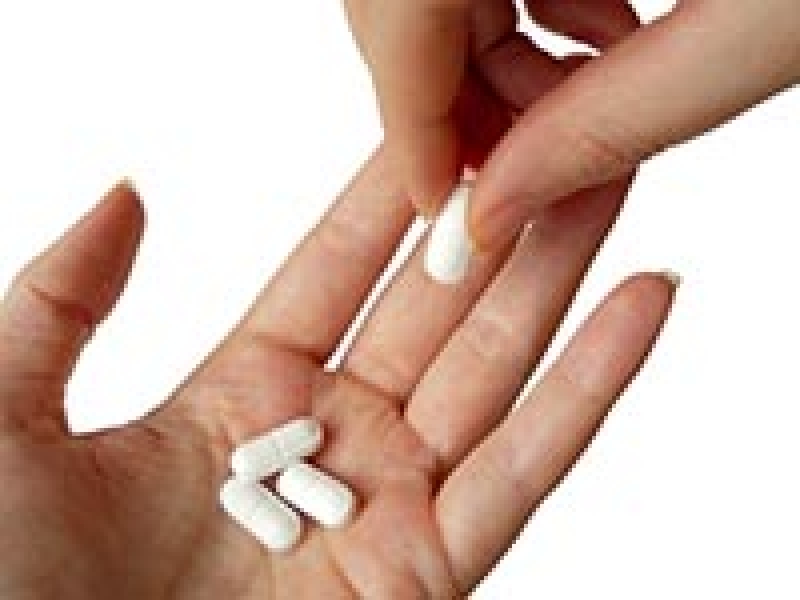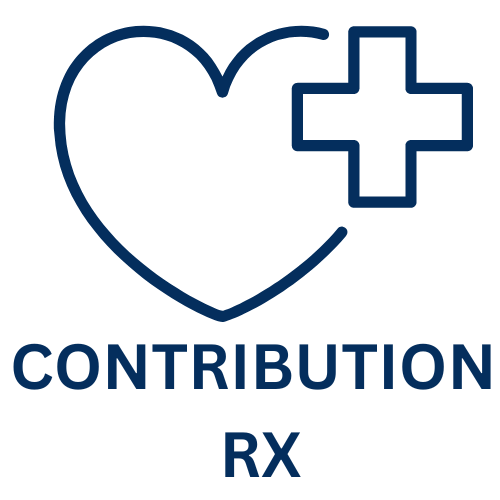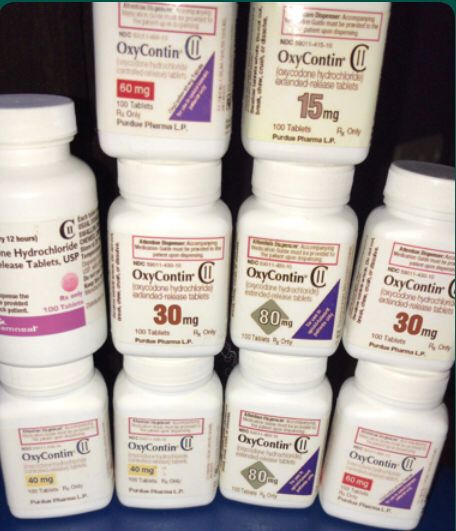pain pills
Dihydrocodeinone hydrocodone bitartrate
Dihydrocodeinone hydrocodone bitartrate
Click here to Order
Dihydrocodeinone hydrocodone bitartrate is one of the most prescribed oral analgesic drugs and it is one of the most abused drugs in general population. It is a mu-opioid agonist predominantly metabolized to the O-demethylated product hydromorphone and to the N-demethylated product norhydrocodone. The purpose of the study is to summarize the preclinical and clinical characteristics of hydrocodone. Pharmacokinetic aspect (terminal half-life, maximum serum concentration, and time to maximum serum concentration) of hydrocodone and the influence of metabolic genetic polymorphism in analgesic response to hydrocodone are also illustrated and commented. Literature on experimental preclinical pharmacology investigating analgesic activity in laboratory animals is furtherly discussed. Moreover, the authors discuss and comment on the updated data regarding safety profile and effectiveness of hydrocodone in the treatment of chronic pain.
Hydrocodone in the Medicinal Products
Hydrocodone is a semi-synthetic phenanthrene opiate derivative with analgesic and antitussive effects. The chemical name of hydrocodone is (4R,4aR,7aR,12bS)-9-methoxy-3-methyl-1,2,4,4a,5,6,7a,13-octahydro-4,12-methanobenzofuro[3,2-e]isoquinoline-7-one, the drug name dihydrocodeinone was given when it was first marketed in Germany (Fraser and Isbell, 1950). Since the release, in 1943, of the first product, hydrocodone acquired growing popularity as a drug considered as a “middle-level” opioid (Covvey, 2015). The rescheduling of hydrocodone combination products has been discussed in the United States by Food and Drug Administration (FDA) in 2012. Currently, hydrocodone is listed in Schedule II of the Controlled Substances Act. Following a re-evaluation of the drug abuse-related data, hydrocodone combination products including analgesic and cough suppressant compounds were listed in Schedule III (Food and Drug Administration [FDA], 2012).
HYDROCODONE ADDICTION
If you think that you or someone close to you is addicted to Hydrocodone, or one of its generics like Lortab, Lorcet, Norco and Vicodin, contact us today for immediate treatment.
This article hopes to familiarize you with Hydrocodone, a little of its history and the dangers of addiction to it. We’ll also cover what you can begin to do to get on the road to recovery from Hydrocodone addiction should you need help.
Dihydrocodeinone hydrocodone bitartrate ADDICTION TREATMENT
 The best way to treat any narcotic addiction is by residing in a rehabilitation centre, that can offer an initial detoxification phase.
The best way to treat any narcotic addiction is by residing in a rehabilitation centre, that can offer an initial detoxification phase.
The length of stay will be judged by the severity of the addiction suffered, and treatment will include a supervised medical Hydrocodonedetoxification as well as various individual counselling and group therapy methods which will help in educating the recovering addict about their addiction and how to take responsibility for it.
Once this has been completed, attending Secondary Care treatment may be necessary to minimise the chance of a relapse – at high risk in the early stages of recovery, this will serve as a continuation of the Primary Care treatment process.
For those who want to continue on the path of ongoing recovery, Tertiary Care is a cost effective means of extending rehabilitation by staying in a sober living environment while you re-integrate back into work / home life maintaining a drug-free lifestyle.
If you or a loved one is addicted to Hydrocodone, please call us now and our trained addiction treatment consultants will gladly assist in finding the best possible treatment available.


